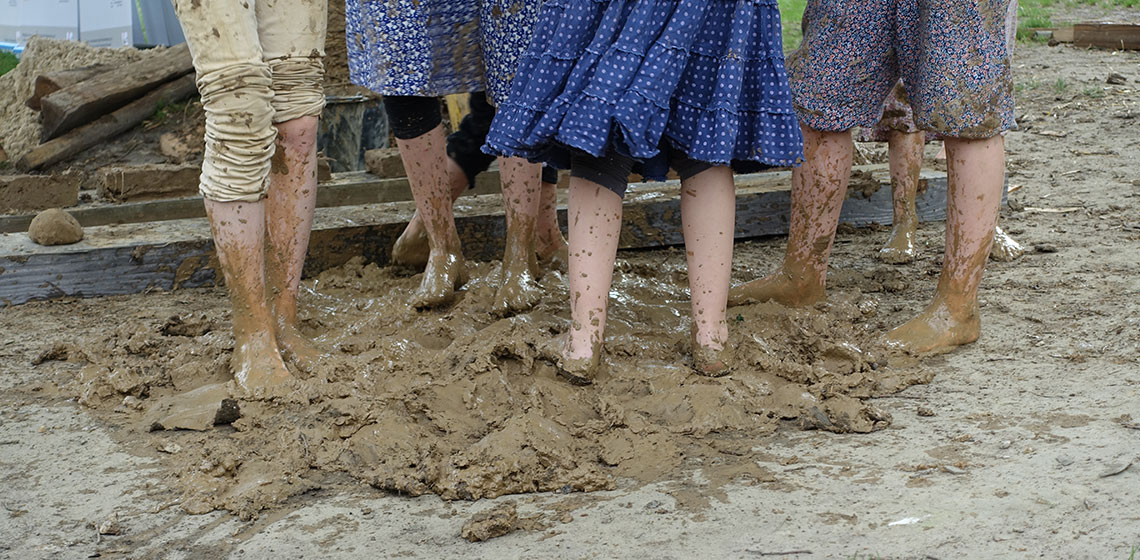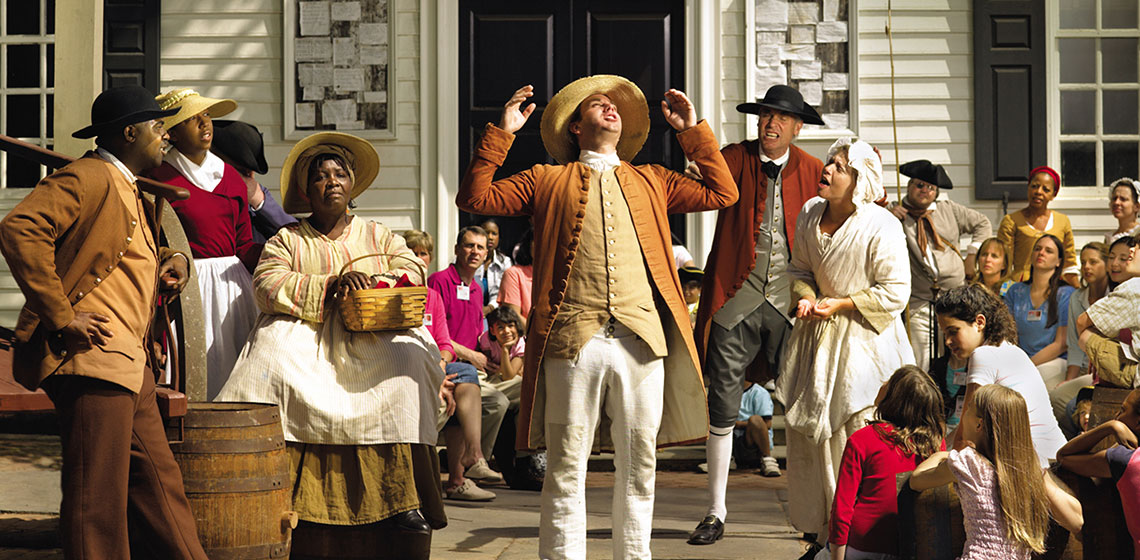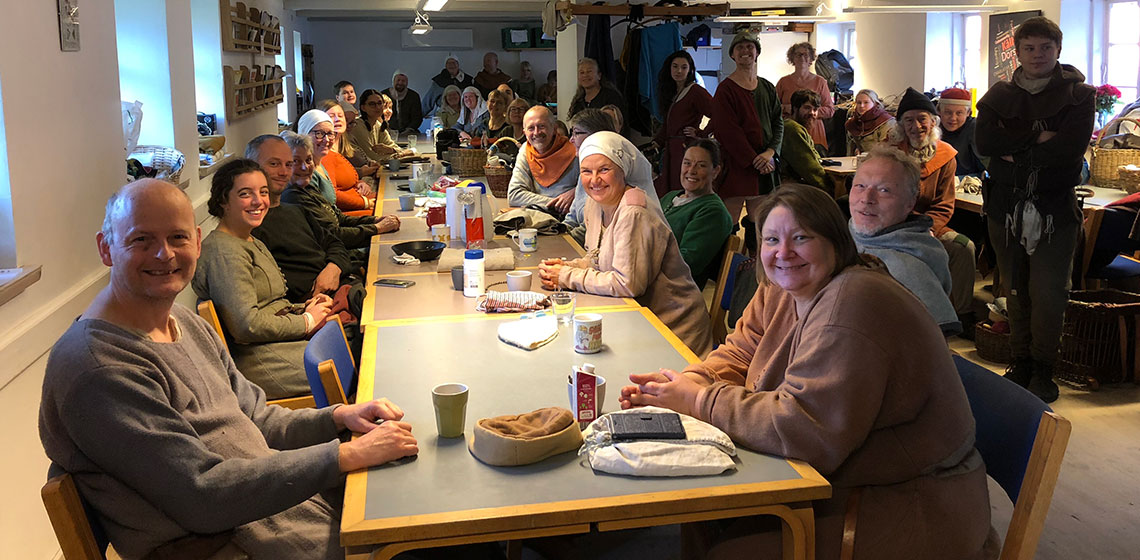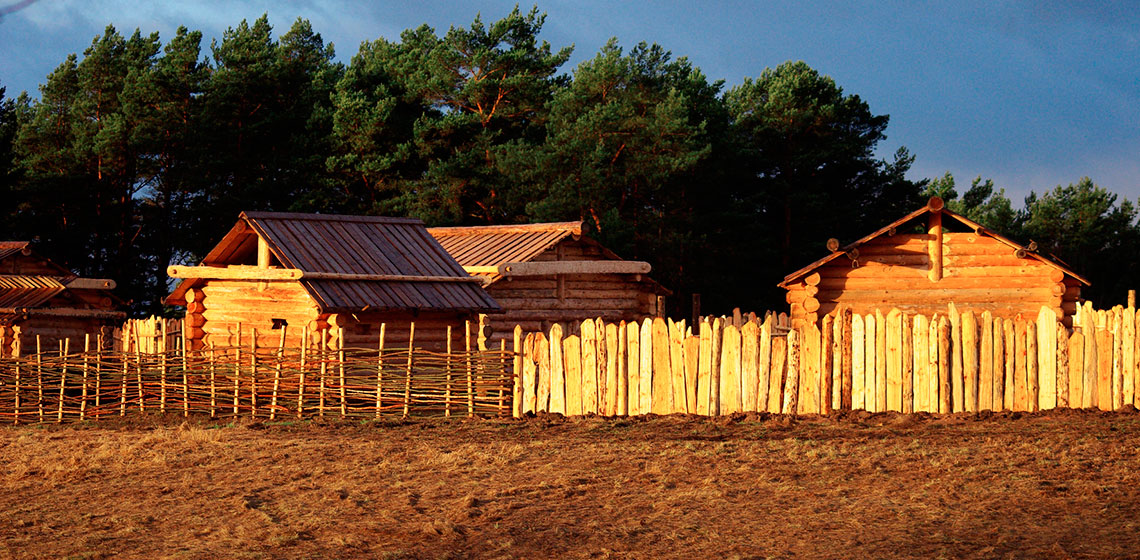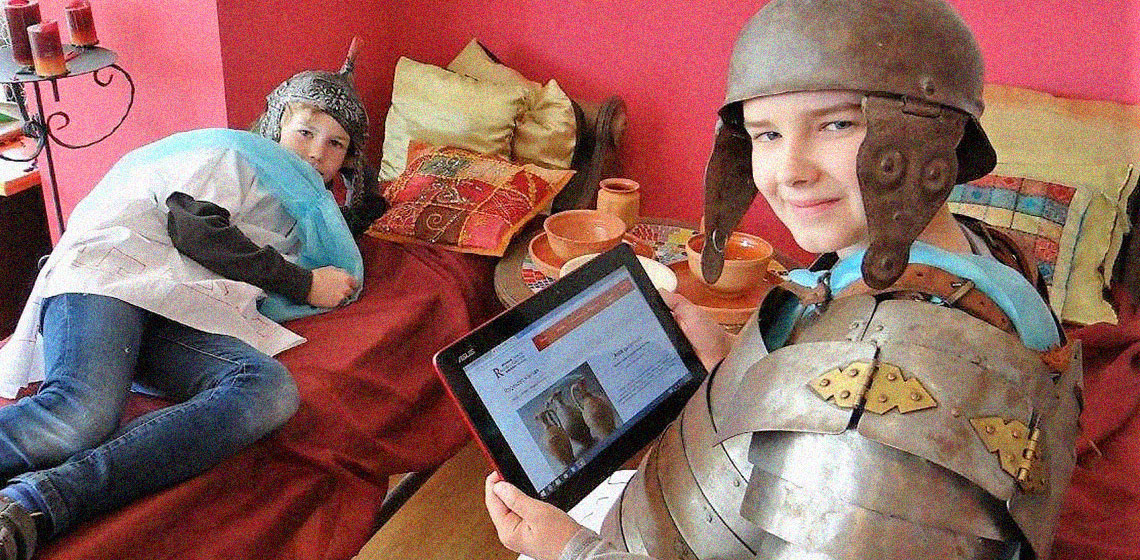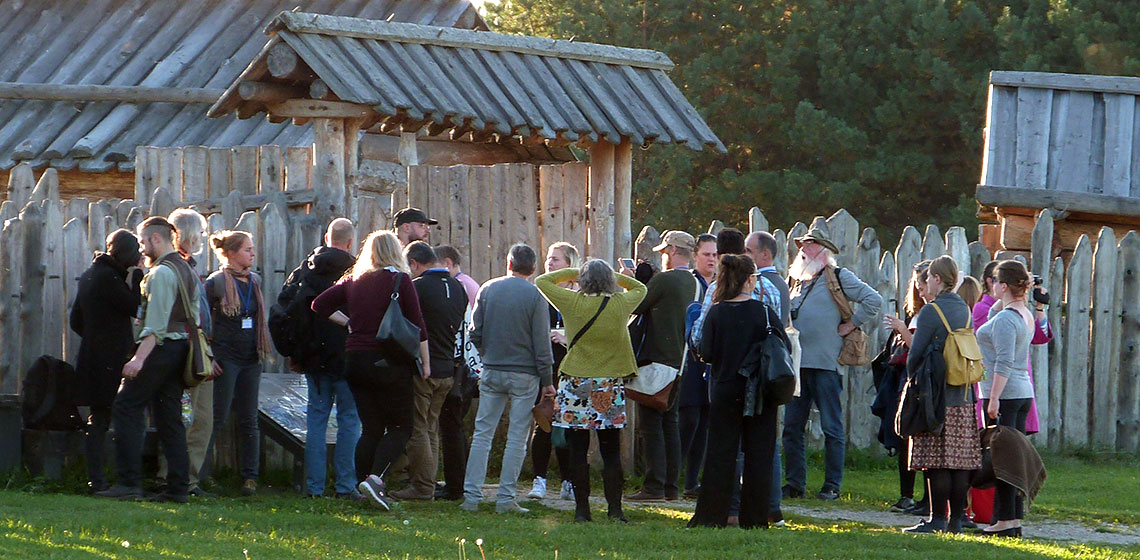
While archaeologists discover ever more sites and gain insight in the past, the challenge is to convey these stories accurately to the public in an appealing way. There are many formats on how to tell the stories, archaeology teaches us. During the conference "Archaeology for the People: Exhibition, Experience and Performance" at Kernavė (LT) the mix of people and program was remarkable: a good mixing pot of archaeology, tourism, storytelling and museum management. Good advice and information came both from people new in the business as well as those who are already a generation working with archaeology for the people.
In memory of Saulius Vadišis (1955-2019), Director of the State Cultural Reserve of Kernave (LT)

